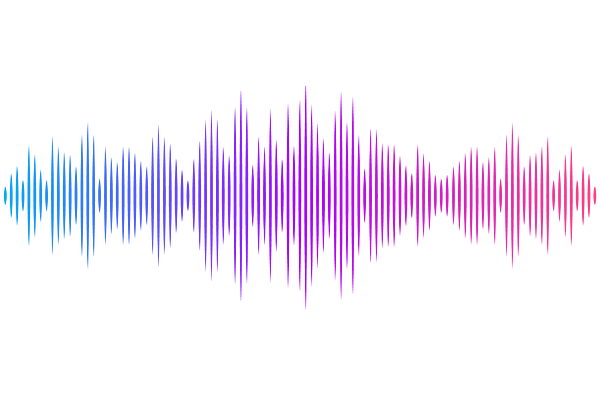Bursty or heavy? The surprise of bright Population III systems in the Reionization era

Bursty or heavy? The surprise of bright Population III systems in the Reionization era
Alessandra Venditti, Julian B. Munoz, Volker Bromm, Seiji Fujimoto, Steven L. Finkelstein, John Chisholm
AbstractThe nature of the first, so-called Population III (Pop III), stars has for long remained largely unconstrained. However, the James Webb Space Telescope (JWST) finally opened new concrete prospects for their detection during the Epoch of Reionization (EoR), notably providing promising observational constraints on the Pop III ultra-violet luminosity function (UVLF) at $z \sim 6.5$. These preliminary data hint towards an unexpected population of UV-bright Pop III sources, which challenges the prevailing view that Pop III star formation is confined to molecular-cooling mini-halos. Here we show that there are two families of models that can explain these surprising observations, either by allowing for late-time Pop III formation within massive, atomic-cooling halos (with halo masses up to $M_\mathrm{up}^\mathrm{III} \gtrsim 10^{10.5} ~\mathrm{M_\odot}$) or by invoking a highly bursty Pop III star-formation activity (with a stochasticity parameter $\sigma_\mathrm{UV}^\mathrm{III} \gtrsim 1.5$). In these scenarios Pop III systems would have to be either heavier or burstier than usually assumed, underscoring the need to reconsider common assumptions about Pop III star-formation sites, and the potential implications of JWST candidates for current and future observations.